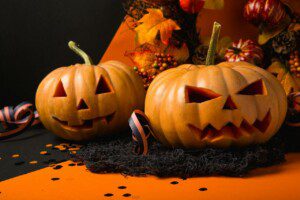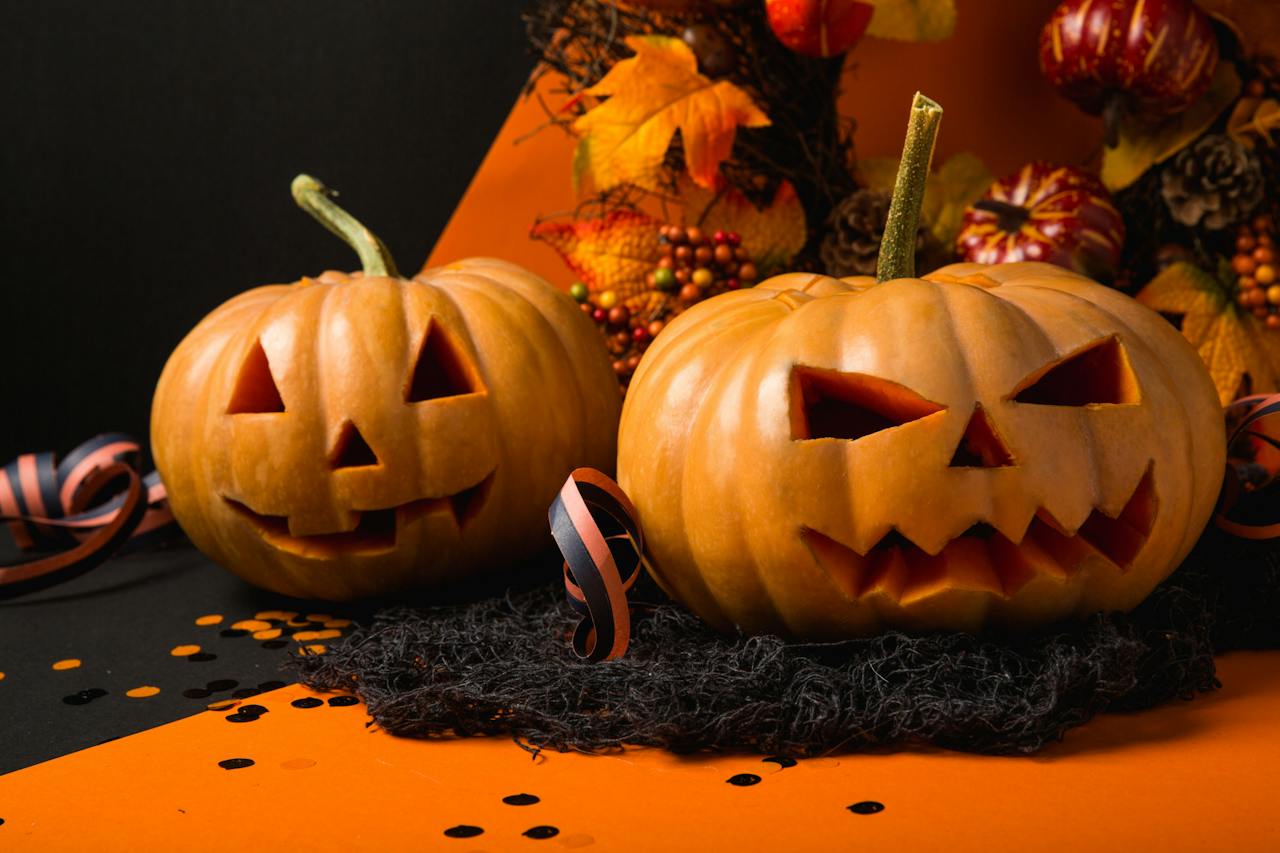Halloween: A Comprehensive Exploration of History, Traditions, and Celebration
Editorial Team

Halloween, also known as All Hallows’ Eve, is a widely celebrated holiday with deep historical and cultural roots. This comprehensive exploration will delve into the history, traditions, and celebration of Halloween, shedding light on the origins of this spooky and fun-filled holiday.
- Historical Origins: Halloween’s origins can be traced back to the ancient Celtic festival of Samhain, which marked the end of the harvest season and the beginning of winter. The Celts believed that on the night of October 31st, the boundary between the living and the dead became blurred, allowing ghosts to return to Earth. This belief in supernatural forces heavily influenced Halloween’s development.
- Christian Influence: In the 7th century, the Christian Church established All Saints’ Day on November 1st and All Souls’ Day on November 2nd to honor saints and pray for the souls of the departed. The night before All Saints’ Day, known as All Hallows’ Eve, evolved into Halloween. Christian traditions blended with pagan customs, creating a unique holiday.
- Migration to America: Halloween was brought to North America by European immigrants, particularly the Irish, Scottish, and English. Over time, it fused with various cultural influences to become the holiday we know today.
- Traditions and Symbols: Halloween is characterized by a variety of traditions and symbols, including:
a. Costumes: Dressing up in costumes, often as monsters, witches, or popular characters, is a central Halloween tradition. b. Jack-O’-Lanterns: Carving pumpkins into lanterns and placing candles inside is a symbol of Halloween. c. Trick-or-Treating: Children go from house to house, saying “trick or treat” to receive candy or other treats. d. Haunted Houses: Creating spooky, interactive experiences is a popular way to celebrate Halloween. e. Ghosts, witches, and black cats: These are common symbols associated with Halloween.
- Contemporary Celebrations: Halloween has evolved into a diverse and popular holiday with various ways to celebrate:
a. Costume Parties: Adults often host costume parties with elaborate and creative outfits. b. Community Events: Many communities organize parades, festivals, and haunted houses. c. Decorations: People decorate their homes with spooky themes, cobwebs, and eerie lighting. d. Horror Movies and Stories: Watching scary movies and telling ghost stories is a common Halloween pastime. e. Candy and Treats: Distributing candy and other sweets to trick-or-treaters is a widespread tradition.
- Cultural Variations: Halloween is celebrated differently around the world. In Mexico, it’s “Día de los Muertos” (Day of the Dead), a time to honor deceased loved ones. In China, “Teng Chieh” involves the lighting of lanterns and paying respects to the deceased.
- Controversies and Concerns: Halloween has faced criticism for issues like cultural appropriation, insensitive costumes, and excessive consumerism. Efforts have been made to promote cultural sensitivity and educate people on appropriate and respectful celebration.
Conclusion: Halloween is a holiday with a rich history, blending ancient Celtic traditions, Christian influences, and various cultural elements. It’s celebrated in diverse ways around the world, with a focus on costumes, candy, and spooky fun. Understanding the origins and evolution of Halloween helps us appreciate the significance and cultural diversity of this beloved holiday.

